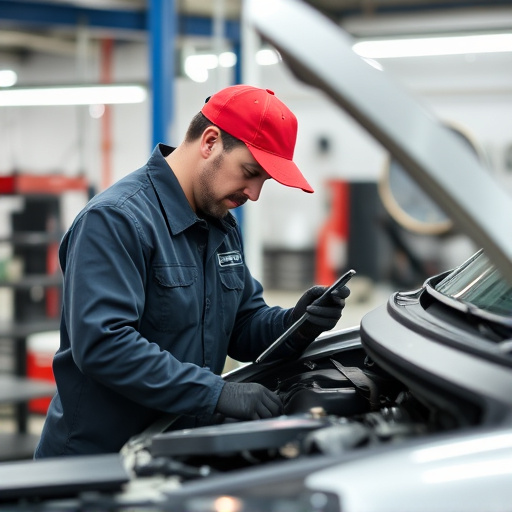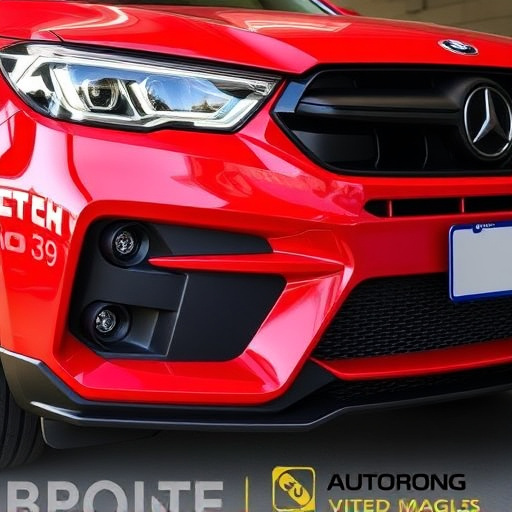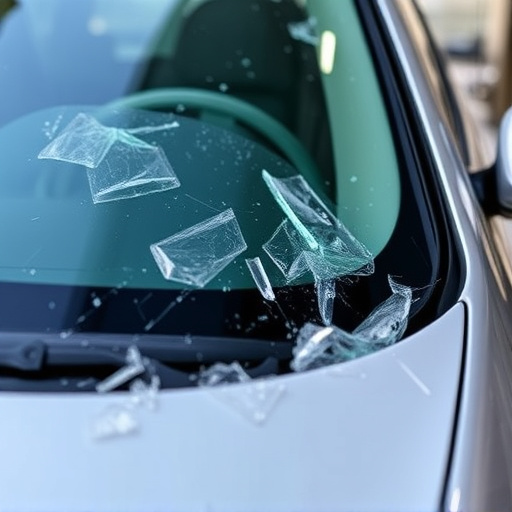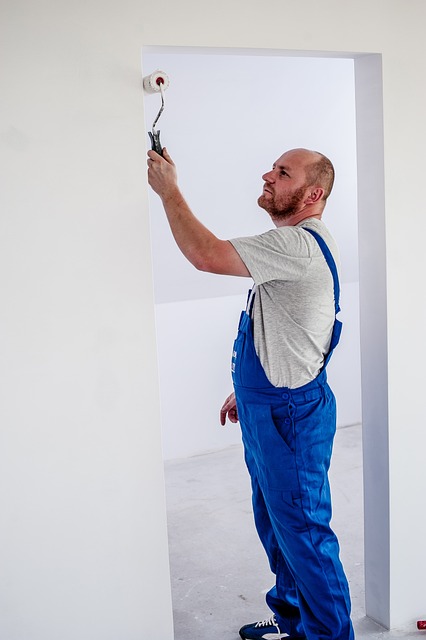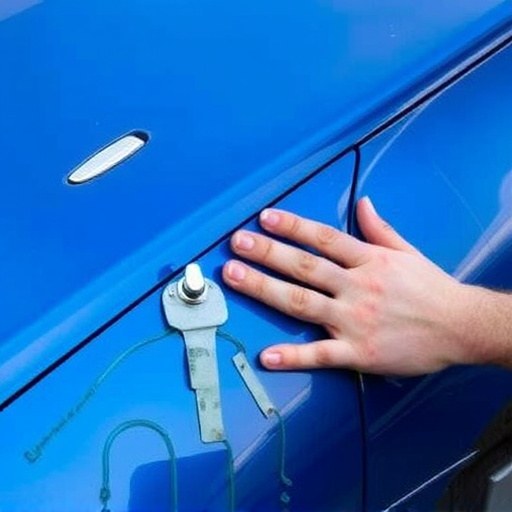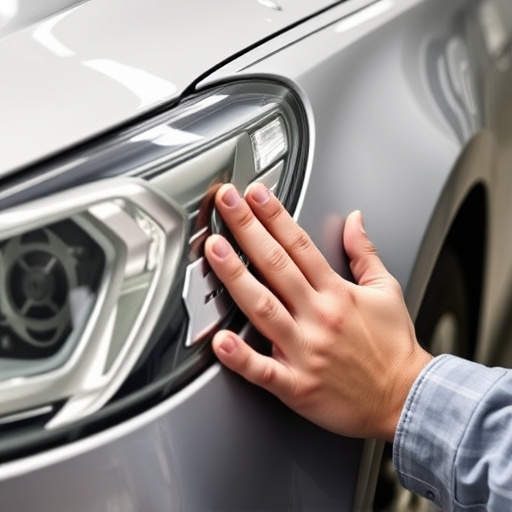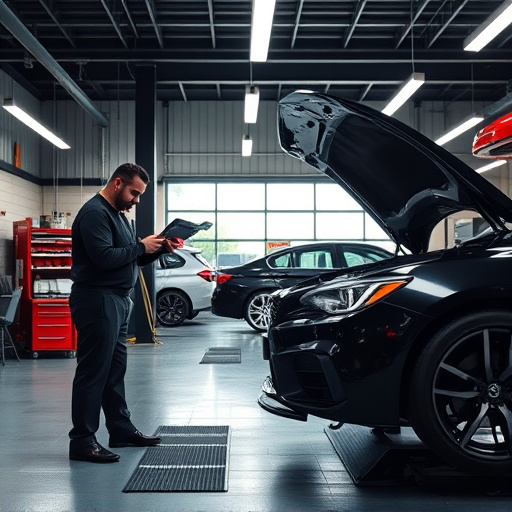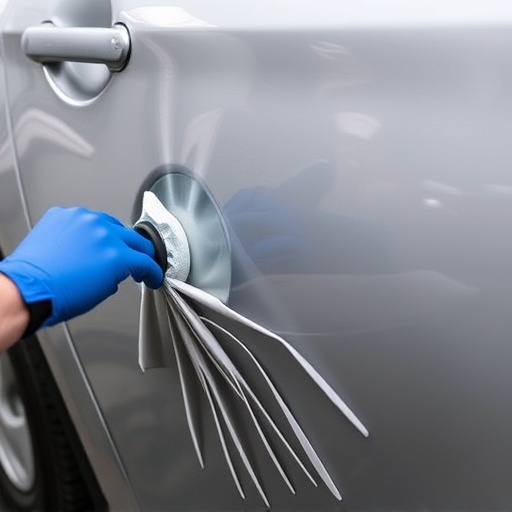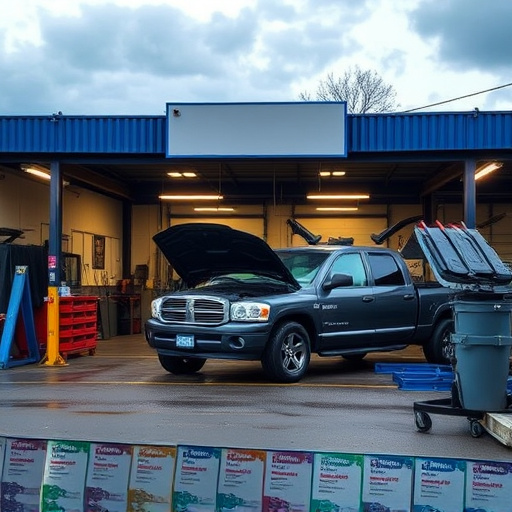Tesla structural integrity repair is a meticulous process focused on rejuvenating structural soundness while preserving aesthetics through techniques like paintless dent repair. For minimal damage, this method is cost-effective and preserves original frame; panel replacement is recommended for substantial structural issues affecting aerodynamics or stability, offering longer-lasting fix but at higher cost. Choose based on extent of harm to ensure optimal repair and maintain vehicle value.
“In the realm of Tesla vehicle maintenance, deciding between Tesla structural integrity repair and panel replacement can be a challenging task. This comprehensive guide aims to demystify these processes, empowering car owners with informed choices.
‘Understanding Tesla Structural Integrity Repair’ delves into the innovative techniques used to reinforce damaged structures, ensuring long-term stability. Meanwhile, ‘Advantages and Considerations of Panel Replacement’ explores the benefits and potential drawbacks of a more traditional approach. By navigating these sections, readers will discover when each method excels, leading to optimal vehicle restoration.”
- Understanding Tesla Structural Integrity Repair
- Advantages and Considerations of Panel Replacement
- When to Choose Each: A Comprehensive Guide
Understanding Tesla Structural Integrity Repair
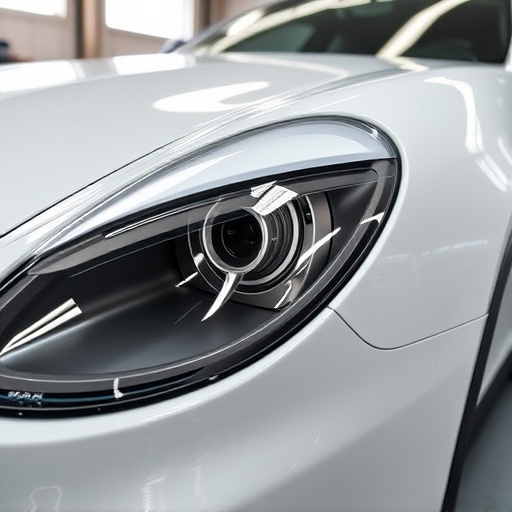
Tesla structural integrity repair is a specialized process designed to restore the structural integrity of Tesla vehicles without compromising their original aesthetics. This method goes beyond conventional panel replacement by addressing the underlying issues that may have caused damage, such as collision events or minor dents. By utilizing advanced techniques like paintless dent repair, automotive restoration experts can effectively fix dings, creases, and even significant dents while preserving the vehicle’s original paint job.
This approach is particularly beneficial for Tesla owners who value both the car’s performance and its sleek design. Unlike traditional panel replacement, which involves cutting, welding, and repainting, structural integrity repair focuses on returning the affected panels to their pre-damage state through precision adjustments and careful restoration. Thus, it not only saves time and money but also ensures that the car retains its pristine appearance and structural stability, enhancing its overall value in the long run.
Advantages and Considerations of Panel Replacement

Panel replacement is a straightforward solution for repairing damage to a Tesla’s exterior, offering several advantages. It involves replacing specific panels or sections of the car’s bodywork with new ones, ensuring a seamless fit and restoring the vehicle’s aesthetic appeal. This method is particularly effective for minor to moderate dents, scratches, and dings that don’t compromise the car’s structural integrity. By opting for panel replacement over Tesla structural integrity repair in such cases, owners can save on labor costs associated with more complex repairs.
However, considerations are essential. It requires skilled technicians who can accurately identify the damaged areas and source compatible panels to maintain the car’s original appearance. Unlike some DIY scratch repair methods, professional body shop services ensure precision and long-lasting results. While it may not be as costly as comprehensive structural repairs, panel replacement still demands a significant investment, especially for high-end Tesla models. Nonetheless, when performed by experienced professionals, this approach can effectively restore a Tesla’s exterior to its original condition.
When to Choose Each: A Comprehensive Guide
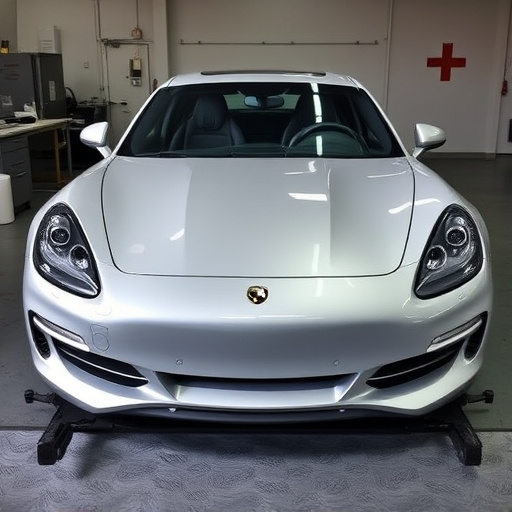
When considering Tesla structural integrity repair versus panel replacement for your vehicle, understanding when to choose each option is crucial. Tesla structural integrity repair focuses on preserving the original structure and frame of your car. This method is ideal when the damage is minimal, such as small dents or dings that haven’t compromised the car’s overall stability or safety features. It involves skilled technicians using specialized techniques like patchwork, welding, and alignment to restore the vehicle’s structural integrity without replacing any panels.
On the other hand, panel replacement is a more straightforward process involving the swapping out of damaged body panels with new ones. This option is recommended for significant damage, such as large dents, cracks, or deformities that affect the car’s aerodynamics or structural soundness. While it might seem like a costlier upfront investment, panel replacement can be more economical in the long run, as it avoids potential future issues stemming from unrepaired structural damage. For minor fender repair or autobody repairs, Tesla structural integrity repair could be the way to go; for substantial damage, panel replacement offers a more permanent solution.
When deciding between Tesla structural integrity repair and panel replacement, understanding the unique benefits of each approach is key. While panel replacement offers speed and cost-effectiveness for minor dents or damage, Tesla structural integrity repair excels in preserving the vehicle’s original structure and aesthetics for more severe incidents. By carefully considering the extent of the damage, owners can make an informed choice that aligns with their priorities—be it cost, time, or maintaining the car’s integrity. Ultimately, both options have their merits, allowing Tesla owners to restore their vehicles to like-new condition.


